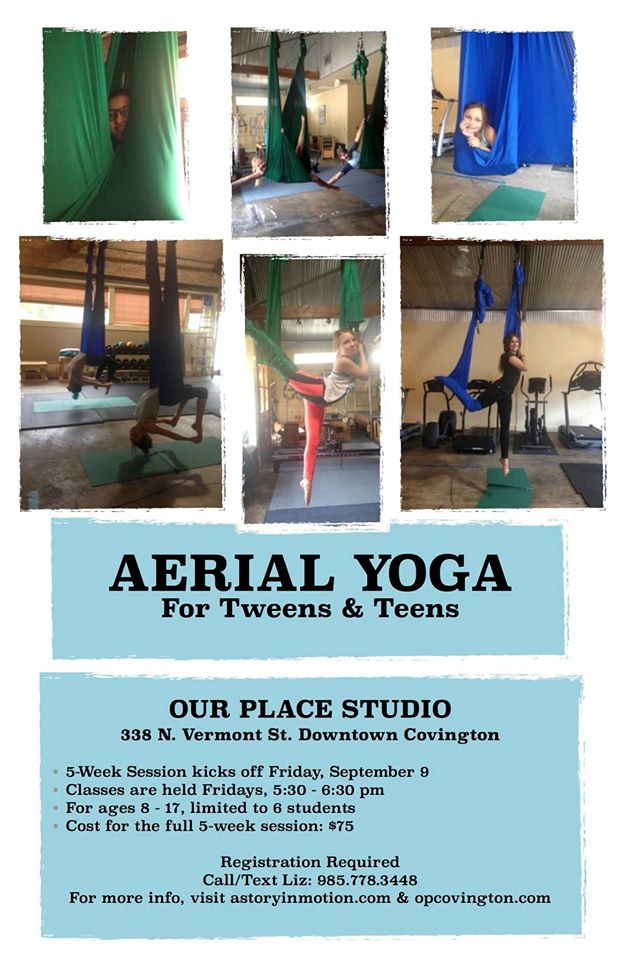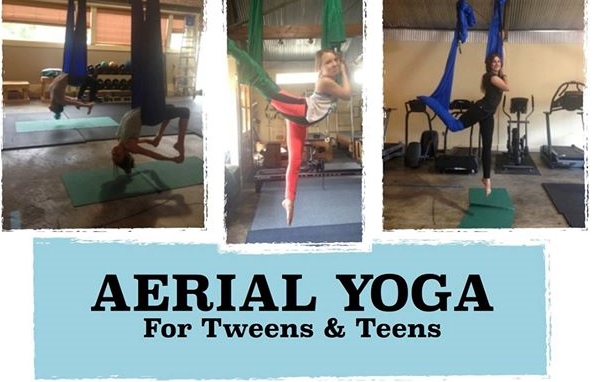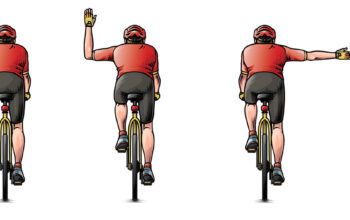by Liz Bragdon, Our Place Studio
Aerial Yoga has many of the same benefits as traditional Yoga, whether you’re an adult or a child – such as improving strength, coordination, balance, flexibility, and mindfulness. In Aerial Yoga, you are practicing with a synthetic ‘silk’ hammock rigged to two points in the ceiling. The hammock is super-strong, lightly stretchy, doesn’t touch the ground, and, of course, it moves. So practicing with it generates an entirely different experience of the various poses and movement activities. It’s a fun, exhilarating challenge that benefits your mind and body in myriad ways. In Aerial Yoga you…
Engage Attention and Focus
Improve Fine and Gross Motor Skills
Engage Motor Planning Pathways
Engage Tactile and Proprioceptive Input: when you grasp, stretch, push, pull, roll, etc. along the hammock you get tactile and proprioceptive input through your entire body. Skin is our largest sense organ. “So when you engage in an activity that stimulates your entire body, the receptors in your skin are sending a ton of feedback to your brain, which can be calming or alerting.”
Engage Vestibular System: you may spin, flip upside down, rock, swing – all motions that engage & benefit the vestibular system. “Information from the eyes, ears, and vestibular system (balance & movement) combine to give an awareness of yourself in relation to the space around you…All of this information is then filtered through your brain and then your brain provides a response. This affects your arousal, motor and language responses…
It has been said that Olympic athletes or people who are constantly moving and putting their body or senses through new experiences have the best developed vestibular systems.”
Build Self-Esteem & Confidence
Have Fun!

Additional Sources: Miss Jaime, Occupational Therapist “The Benefits of Aerial Yoga for Children”
“How the Vestibular System Affects Your Child’s Behavior,” Heather Greutman




